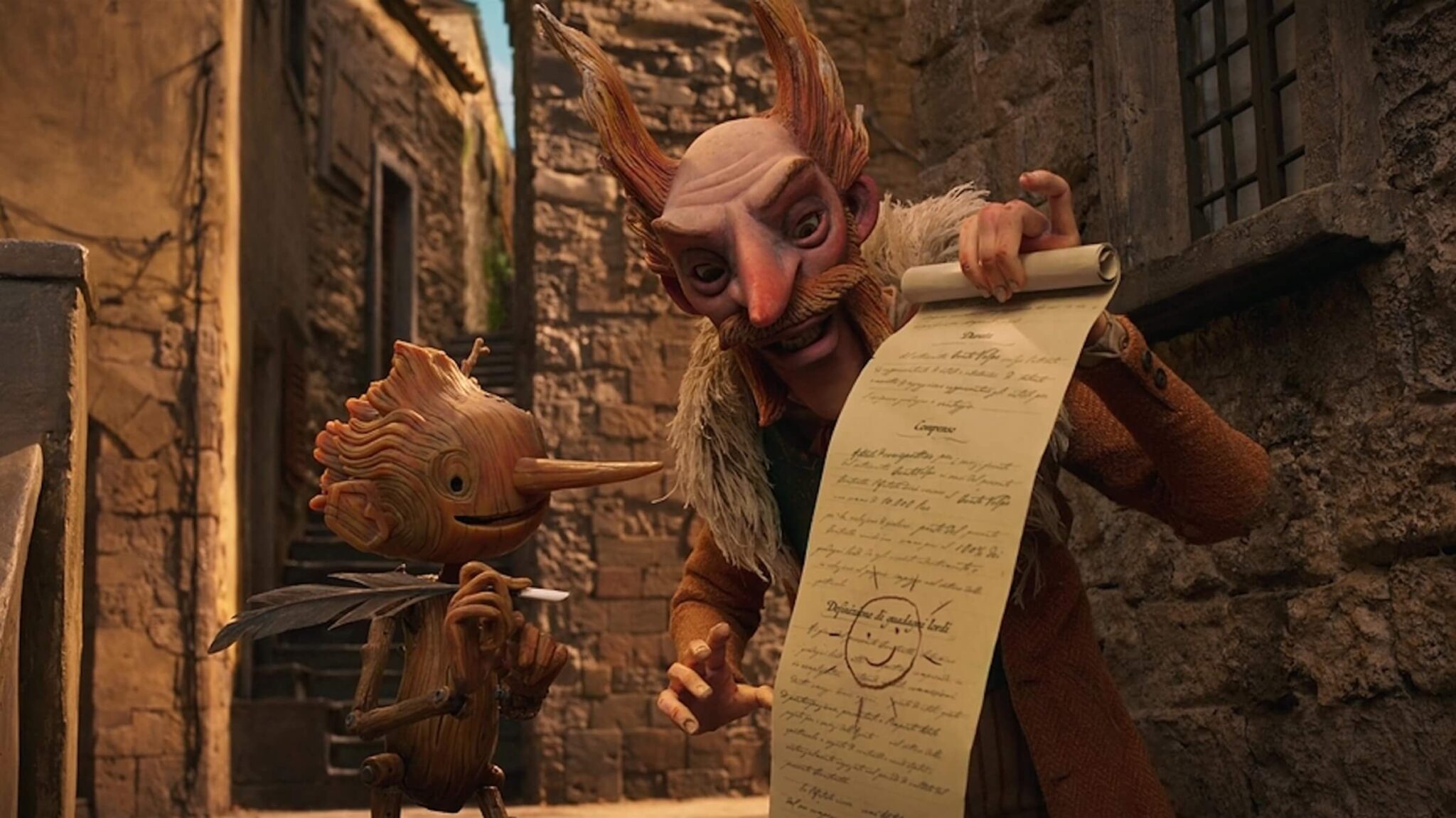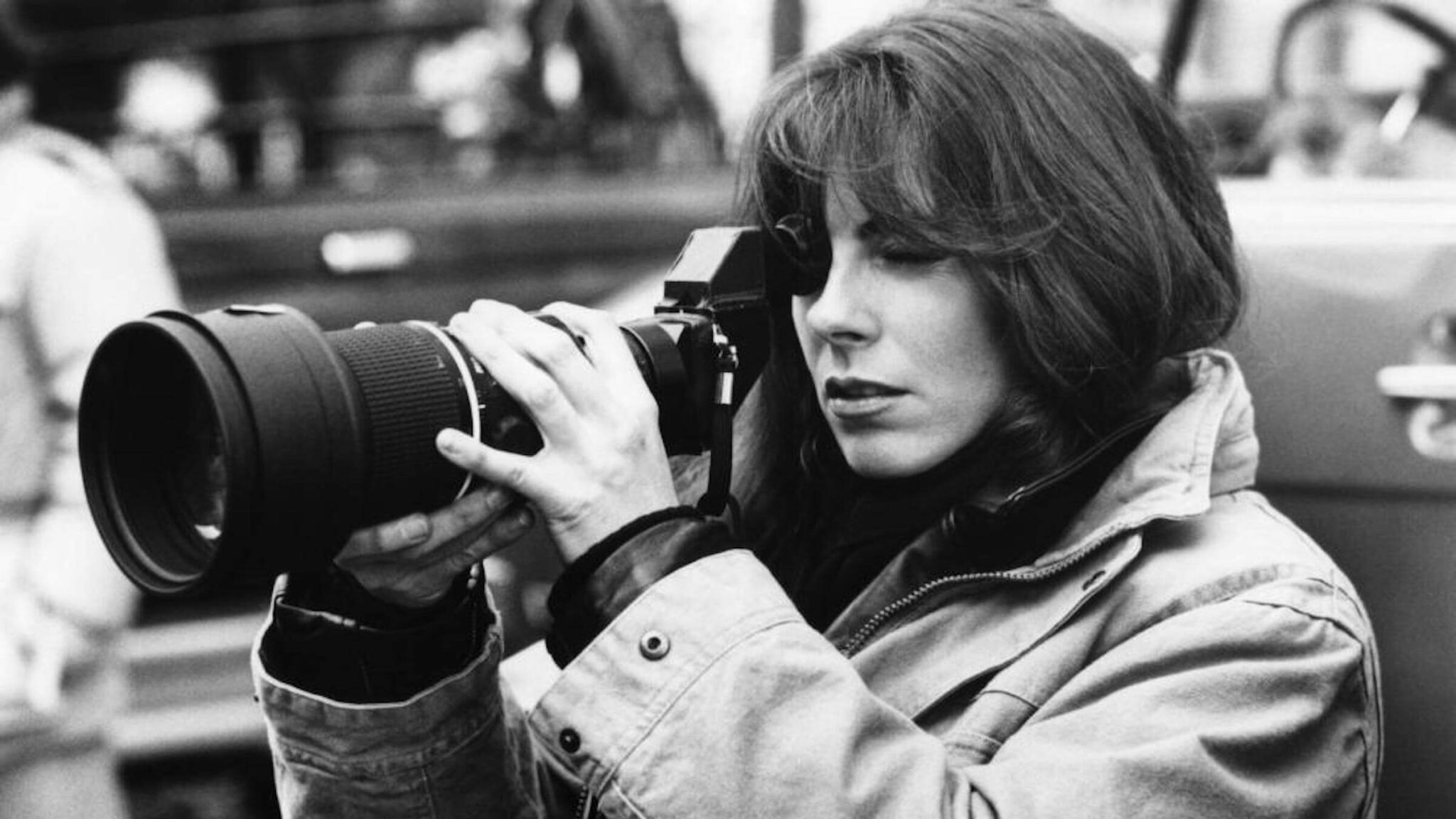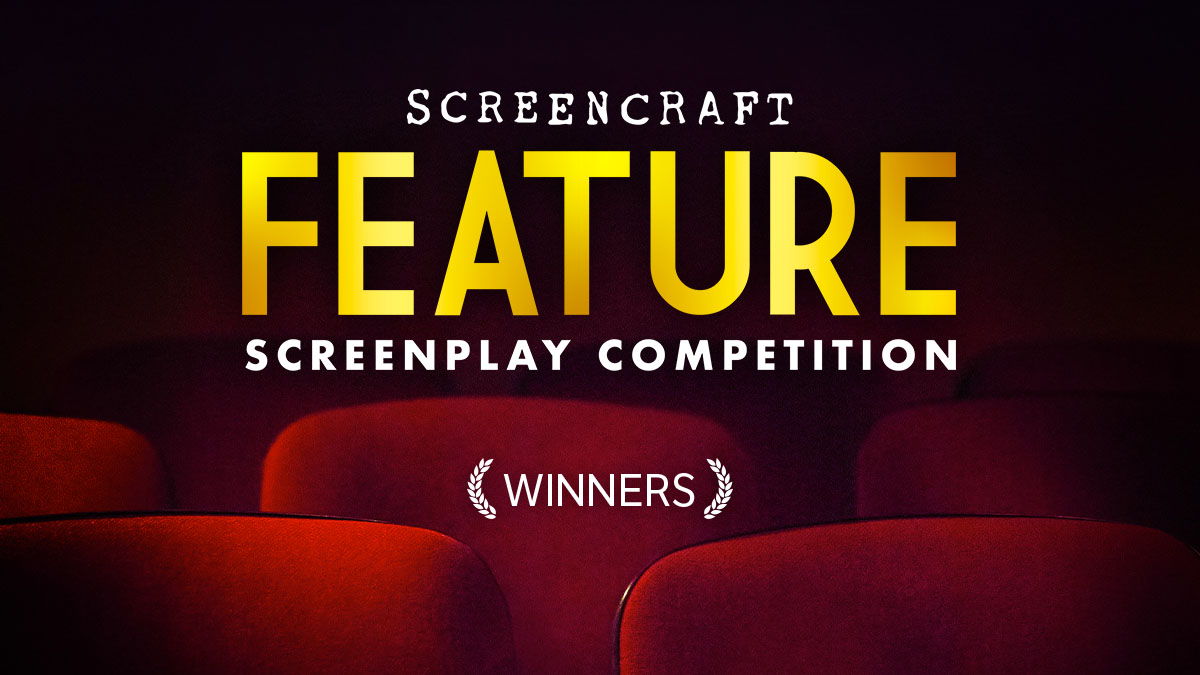8 Highlights from the 'Theaters or Streamers' Screenwriting Panel with '1917' Writer Krysty Wilson-Cairns

Everyone knows streaming services like Netflix, Apple TV+ and Disney+ are currently the content kings of Hollywood, especially since brick-and-mortar theaters have been closed for nearly a year. But as movie theaters begin to open up again, it’s a good time to take a look at where the industry is going and what the future holds for feature films.
ScreenCraft recently held a virtual panel, "Theaters or Streamers: Writing the New Box Office," in which writer/director Kylie Eaton connected via Zoom with Oscar-nominated screenwriter Krysty Wilson-Cairns (1917, Last Night in Soho). With a charming Scottish brogue, Wilson-Cairns chatted about all things screenwriting, including what it means to write for a streaming service, what it takes to be a great collaborator, and how to dazzle script readers.
Watch the full panel below or continue on for the highlights.
Streamers vs. Theaters: "Is it Cinematic?"
Streamers have created a whole new world of content that can be viewed from the comfort of our living rooms. Some major studios, like Warner Bros., have decided to release all their films in theaters and on their streaming service. So, as screenwriters, is there a difference between the way we write for the big screen and the little screen? Wilson-Cairns tries to answer the question, but keep in mind, this whole streaming world is relatively new and things are certainly in flux.
“What makes a movie really theatrical is...is it cinematic? Do you want to watch it on a 30- or 70-foot screen? And cinematic isn’t just how it’s shot, it’s the editing, the score, the acting, the budget, the set design. That’s not to say that films for streamers are less cinematic, but I’ve found, personally, that films for streamers are more dialogue-heavy. When you’re sitting in your living room, you listen to a film. When you’re sitting in a cinema, you’re watching a film.”
Wilson-Cairns admits that, when she’s writing a screenplay, she doesn’t really think about where an audience will be watching the film. But she says that’s changing. “I haven’t experienced that seismic change yet, but I think it’s coming.”
Lessons From Sam Mendes
Director Sam Mendes was an executive producer on the TV show, Penny Dreadful, on which Wilson-Cairns was a writer. He tapped her for 1917 with him and Wilson-Cairns was thrilled – at first. She says she’s a massive war buff and was excited to get into the nitty-gritty of battle. But when he told her he wanted to do the film all in one shot, she thought to herself, “Ah! No! That’s going to be really hard because I didn’t even know what a single-shot script looked like.” But she says in this case, co-writing the script with the director (Mendes) was totally invaluable.
“You can pitch all kinds of ideas, but ultimately, the person who’s going to shoot it and set the tone of it, work with the actors and then block it, is in the room with you.”
Wilson-Cairns also mentioned that Mendes did months of rehearsal with the actors and watching the process really helped her understand what dialogue works and what doesn’t. She also says that it’s important to trust that your actors can deliver a beat often with just a look, so take out or edit down those monologues.
How to Sneak Camera Direction in Your Script
A viewer watching the panel wanted to know how much camera direction should be included in a screenplay. Wilson-Cairns says the easy answer is this:
“Absolutely none. If you write a single camera move, you have to be prepared to look Roger Deakins in the eyes and pretend you know better than him. Do you know how many Oscars he’s got? Two!... My thinking is you should never put any sort of technical guidance in the script, be it camera, sound, lighting, set [decoration], nothing.”
But she says there are ways to secretly manipulate the screen directions.
“For instance, if I write ‘A family sits at a dinner table,’ you see that in a wide [shot], right? If I write, ‘A tear rolls down her cheek,’ you see that in a close-up, right? So you can use dialogue, you can use your words, scene descriptions, the action beats, to tell them what it should look like and you absolutely should because that’s the part we’ve got control of in the script. There was a lot of that in 1917… You must find ways to help people cut the film in their head [when they’re reading the script], or not cut the film in their head, as 1917 was. So absolutely nothing technical, but loads of sneaky stuff, go for it.”
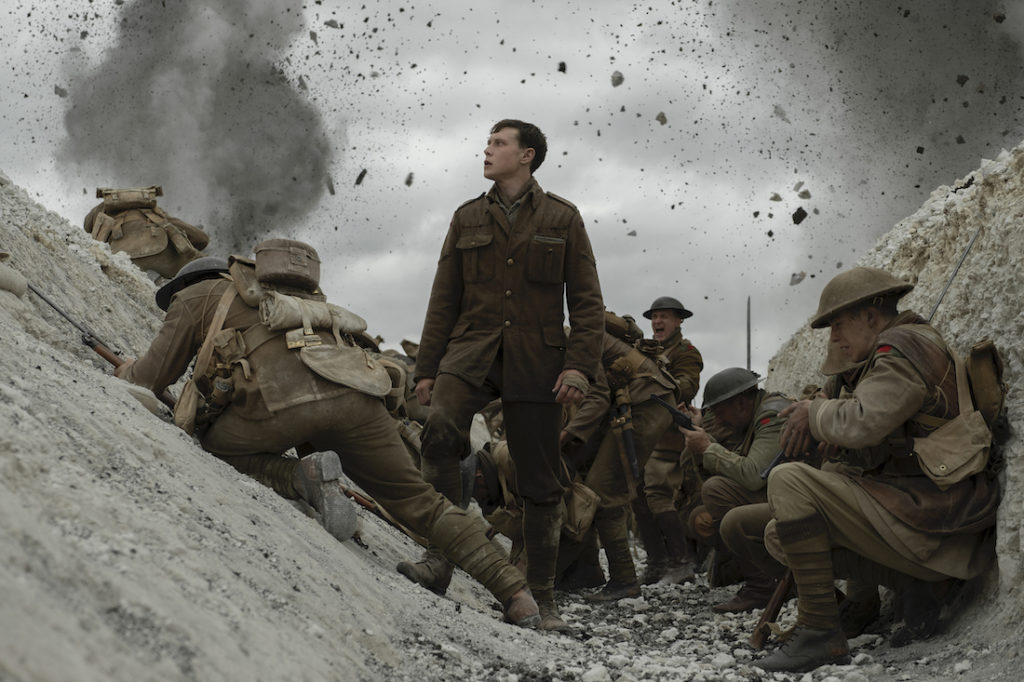
'1917'
What Do Execs Want to See on the Page?
As Wilson-Cairns mentioned, a really good screenplay makes a reader play the movie in their mind. But you want the reader to take it even further and cast actors, hear music, or visualize locations while they’re reading. It’s this kind of excitement, says Wilson-Cairns, that executives want to see on the page.
“They’ve got how many ever scripts sitting on their desk… But if you write something that makes the hour-and-a-half it will take to read them disappear, pretty soon you’re going to get a call, then you’re going to be asked to do revisions and eventually you get to sit in a dark room with a bunch of people and see your name appear on-screen and that’s really great.”
The Most Important Collaborative Tools
Wilson-Cairns collaborated on the script for Last Night in Soho (which premieres in September at the Venice Film Festival) with director Edgar Wright. Mendes introduced the two and she says both are terrific collaborators.
“The thing that marks both [Mendes and Wright] as good collaborators is that they want to sit and listen and discuss. They will explain things at length. If there was ever a scene in 1917 where I thought, ‘I understand that from a camera point of view but not a character point of view,’ we could spend a week discussing that if we needed to.”
She says that for any writers collaborating, the two most important things to remember are character and connection.
“You have to worship those idols, carry them through to the finish line and make sure they are the things that are always prioritized. Sam and Edgar shared that view with me so it was always about building character and creating dynamic bits of cinema.”
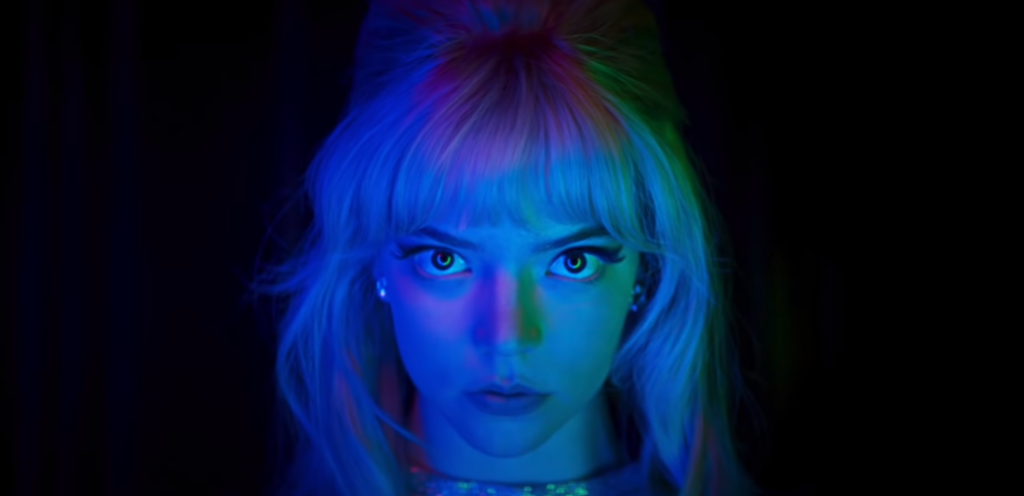
'Last Night in Soho'
The Real Commodity is YOU
What's the secret to making a story powerful and unique? According to Wilson-Cairns, it's the ability to know your subject matter and pour yourself into your story, as she did for Last Night in Soho.
“A lot of time people think the commodity is the idea – it’s high concept, it’s this, it’s that. It’s so easy to think, ‘Someone might steal my idea!’ But actually, the real commodity is you. Only you can write that idea in that way. People forget that. When you realize you’re the commodity, you’re in these rooms with Sam Mendes or Edgar Wright, or whoever, ultimately you realize you’re being paid to have a voice, to have an opinion. It takes a lot of the heat off because you can say, ‘Well, it’s my job, so I better say something.’”
How and When Do You Pick a Theme for Your Story?
A viewer asked if Wilson-Cairns always knows the theme of her screenplay before writing it. She says she never starts with a script, but always with a treatment.
“I write loads of treatments. They can be bullet points, one-page treatments to a 70-page treatment for something I really needed to understand the intricate movements of because it was a thriller. In the writing of them, and I do loads of drafts, and I’ll share them with the producer, I’ll share them with the director, whoever I’m collaborating with because then we are all literally on the same page, which is so helpful before you launch into writing a script."
This process allows her to really understand her characters and the connection they have to the story. Once that work is done, she says she then, “massively investigates the theme.”
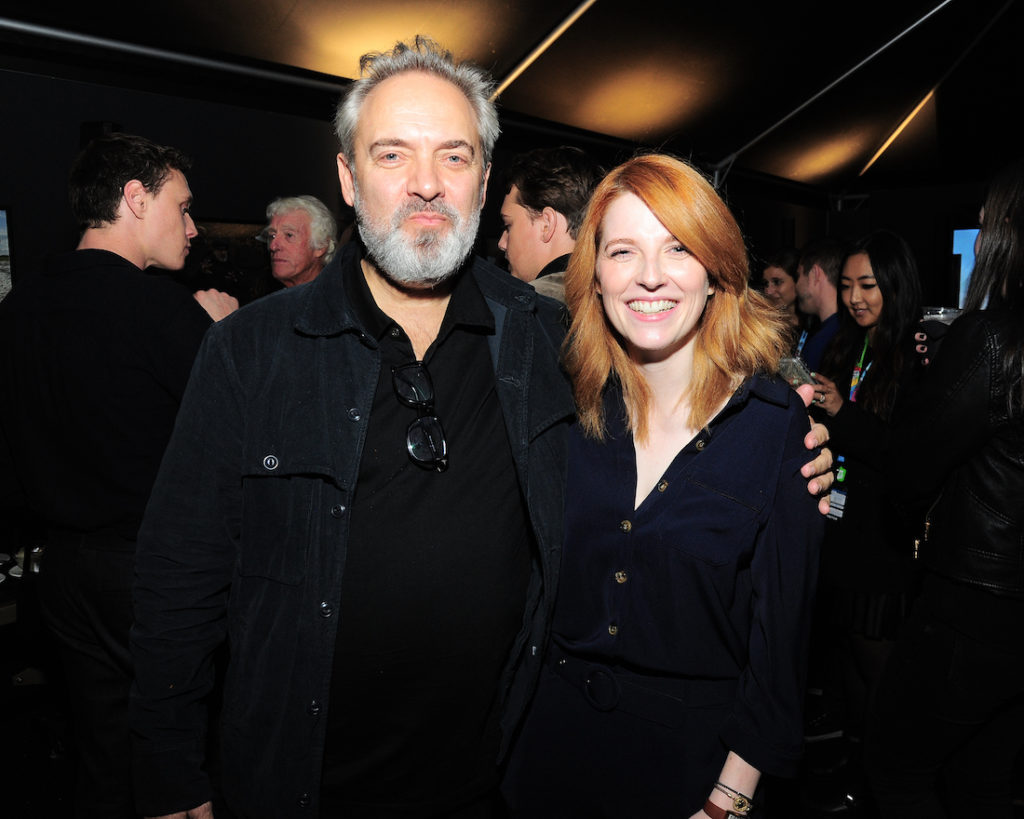
Sam Mendes and Krysty Wilson-Cairns | Photo: Owen Hoffmann
Tricks For Making Your Spec Script Stand Out
Wilson -Cairns wrote a spec script called Aether that was so good, it made the Black List, the Brit List, got her an agent, and even sold to a production company in America. She says that script alone led to all of her paid writing jobs and also cemented her as an A-list screenwriter. So what’s the secret? She says spec scripts must be enjoyable to read. She says some of her favorite screenplays have jokes in them that will never materialize on screen but are simply jokes for the reader.
“If you can make your script a page-turner, something they just don’t want to put down, something they’re really happy to say to their boss, ‘Hey, you should read this. It’s really good, even if we’re not going to make it.’ You should also expect that your spec script may never get made, it’s just a calling card, but because of that, you can do anything with it. You can go absolutely wild. You can spend hundreds of millions of pounds in one scene because ultimately, you’re trying to show all these people who are looking for writers that you’ve got talent -- you’ve got ambition and imagination that just won’t quit. Swing for the rafters with it.”
She says to ask yourself these questions when you work on your spec:
“How do I make it weirder? Twistier? How do I make this more ambitious? What will make people really freaked out? What will make them terrified? How can I tell this story in a way that no one’s ever told this story before?”
---
Overall, this was such a good discussion with plenty more gems from Wilson-Cairns, so don’t deny yourself a full viewing by clicking on the link here.
Shanee Edwards is a screenwriter, journalist and author. After receiving her MFA in Screenwriting from UCLA, she was hired to adapt various stories for the screen including Apes or Angels, the true story of naturalist Charles Darwin, and Three Wishes, based on the New York Times best selfing novel by Kristen Ashley. You can listen to her interview Oscar-winning screenwriters on The Script Lab Podcast, or read her book Ada Lovelace: the Countess who Dreamed in Numbers. Follow her on Twitter: @ShaneeEdwards
Get Our Screenwriting Newsletter!
Get weekly writing inspiration delivered to your inbox - including industry news, popular articles, and more!















